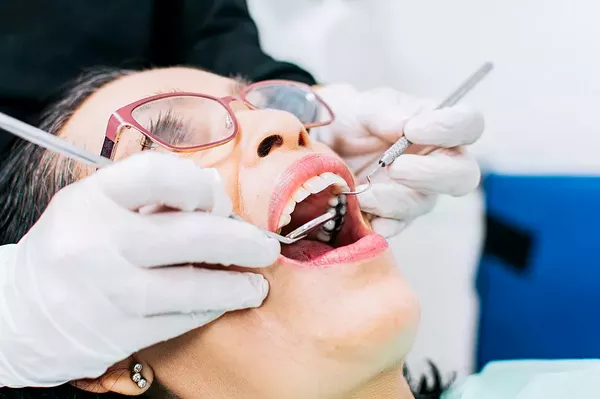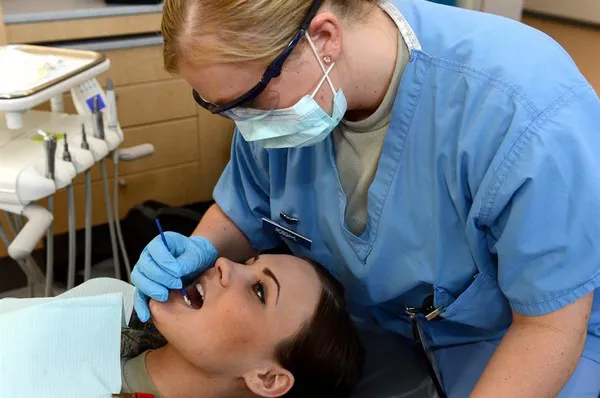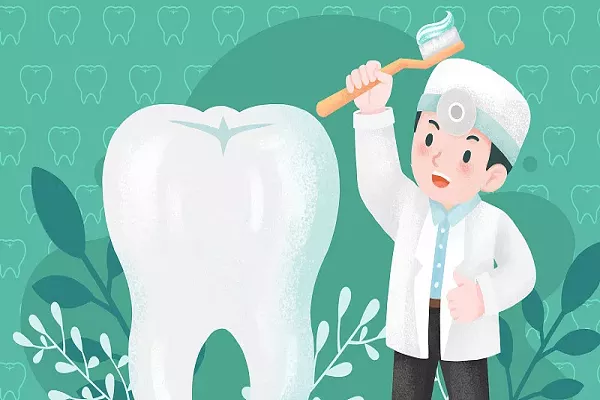Gingivitis, characterized by inflammation of the gums, is a common and treatable oral health condition. The good news is that with the right strategies and a commitment to oral hygiene, gingivitis can be effectively addressed and reversed. This comprehensive guide aims to provide a thorough understanding of how to get rid of gingivitis, offering practical tips, lifestyle adjustments, and professional interventions to restore optimal gum health.
I. The Foundation of Gingivitis Treatment: Improved Oral Hygiene
The cornerstone of gingivitis treatment lies in adopting and maintaining impeccable oral hygiene practices. By addressing the root cause—plaque buildup on teeth and gums—one can pave the way for the reversal of gingival inflammation and bleeding.
Effective Brushing Techniques:
Use a soft-bristled toothbrush to avoid causing further irritation to inflamed gums.
Brush teeth at least twice a day using a fluoride toothpaste.
Pay special attention to the gumline, ensuring thorough removal of plaque.
Flossing:
Incorporate daily flossing into your oral hygiene routine to remove plaque from between teeth and along the gumline.
Use dental floss or interdental brushes to clean areas that a toothbrush may not reach.
Antiseptic Mouthwashes:
Consider using an antiseptic or antimicrobial mouthwash to reduce bacteria and plaque.
Choose a mouthwash with ingredients such as chlorhexidine or cetylpyridinium chloride.
Tongue Cleaning:
Don’t forget to clean your tongue using a tongue scraper or your toothbrush to eliminate bacteria that can contribute to bad breath.
II. Professional Dental Cleaning: A Critical Step in Gingivitis Treatment
While improved oral hygiene at home is crucial, seeking professional dental cleaning is equally essential for comprehensive gingivitis treatment. Dental professionals have the expertise and tools to remove plaque and tartar buildup that may be challenging to address through home care alone.
Scaling:
Dental scaling involves the removal of plaque and tartar from the tooth surfaces, including below the gumline.
This procedure helps eliminate the source of inflammation and promotes gum health.
Root Planing:
Root planing is the smoothing of the tooth roots to prevent the reattachment of bacteria and facilitate the healing of gum tissues.
This process aids in reducing the depth of periodontal pockets that may have formed.
Professional Advice:
Dental professionals can provide personalized guidance on oral hygiene practices, including brushing and flossing techniques tailored to individual needs.
Regular dental check-ups allow for the early detection and prompt management of gingivitis.
III. Medications to Support Gingivitis Treatment
In some cases, dentists may recommend medications to complement oral hygiene practices and professional treatments. These medications are designed to target bacteria and inflammation, aiding in the resolution of gingivitis.
Antimicrobial Mouth Rinses:
Prescription or over-the-counter antimicrobial mouthwashes containing ingredients like chlorhexidine can help control bacterial growth and reduce inflammation.
Topical Antibiotics:
Dentists may prescribe topical antibiotics, such as gels or ointments, to apply directly to the affected gum tissues.
Oral Antibiotics:
In more severe cases, oral antibiotics may be prescribed to address widespread bacterial infection and inflammation.
IV. Lifestyle Modifications for Gingivitis Management
Beyond oral hygiene and professional treatments, certain lifestyle modifications can contribute to the successful management and prevention of gingivitis.
Quit Smoking:
Smoking is a significant risk factor for gum disease. Quitting smoking not only improves overall health but also enhances gum health by reducing the risk of inflammation and infection.
Balanced Diet:
Adopting a balanced diet rich in vitamins and minerals supports overall oral health. Ensure an adequate intake of fruits, vegetables, whole grains, and lean proteins.
Limit Sugary Foods:
Sugary snacks and beverages contribute to plaque formation. Limiting their consumption helps minimize the risk of gingivitis.
Stay Hydrated:
Drinking plenty of water promotes saliva production, which helps in maintaining oral hygiene by neutralizing acids and rinsing away food particles.
Manage Stress:
Chronic stress can compromise the immune system and impact oral health. Incorporate stress-reducing activities such as exercise, meditation, or yoga into your routine.
V. Herbal and Natural Remedies for Gingivitis
Several herbal and natural remedies may provide additional support in managing gingivitis. While these can complement conventional treatments, it’s essential to consult with a healthcare professional before incorporating them into your routine.
Aloe Vera:
Aloe vera has anti-inflammatory properties and can be applied topically to soothe inflamed gums.
Tea Tree Oil:
Diluted tea tree oil may have antimicrobial properties. It can be added to a mouthwash or applied topically. However, it should be used with caution due to its potency.
Coconut Oil Pulling:
Oil pulling with coconut oil involves swishing the oil in your mouth for 10–15 minutes. Some studies suggest it may help reduce plaque and improve gum health.
Turmeric:
Turmeric has anti-inflammatory properties. Mixing turmeric with water to create a paste and applying it to the gums may offer relief.
Green Tea:
Green tea contains antioxidants with potential anti-inflammatory effects. Drinking green tea may contribute to gum health.
VI. Understanding the Role of Genetics in Gingivitis
Genetics plays a role in an individual’s susceptibility to gum disease. Some people may have a genetic predisposition that makes them more prone to gingivitis. Understanding this genetic component can help individuals with a family history of gum disease take proactive measures to prevent and manage the condition effectively.
VII. Prevention as the Best Medicine
While effective treatment strategies exist for gingivitis, prevention remains the most potent weapon against this common oral health issue. Implementing proactive measures to maintain optimal gum health can spare individuals from the discomfort and potential complications associated with gingivitis.
Regular Dental Check-ups:
Schedule regular dental check-ups for professional cleanings and early detection of any signs of gingivitis.
Consistent Oral Hygiene:
Maintain a consistent oral hygiene routine, including brushing, flossing, and using antiseptic mouthwashes.
Lifestyle Choices:
Adopt a healthy lifestyle, including a balanced diet, regular exercise, and stress management, to support overall well-being, including oral health.
Educational Outreach:
Increase awareness about gingivitis and its prevention through educational initiatives. Encourage individuals to seek professional help promptly and adopt healthy oral habits.
VIII. Conclusion: A Holistic Approach to Gingivitis Management
Gingivitis, while common, should not be underestimated. By embracing a holistic approach that encompasses impeccable oral hygiene, professional dental care, lifestyle adjustments, and, if necessary, medications, individuals can effectively get rid of gingivitis. The key lies in understanding the multifaceted nature of this condition and taking proactive steps to address it comprehensively.
This guide serves as a roadmap for those seeking to reclaim optimal gum health. It emphasizes the importance of collaboration between individuals and dental professionals in the journey towards gingivitis elimination. By integrating these strategies into daily life, one can not only treat existing gingivitis but also foster a foundation for long-term oral health and well-being.





























